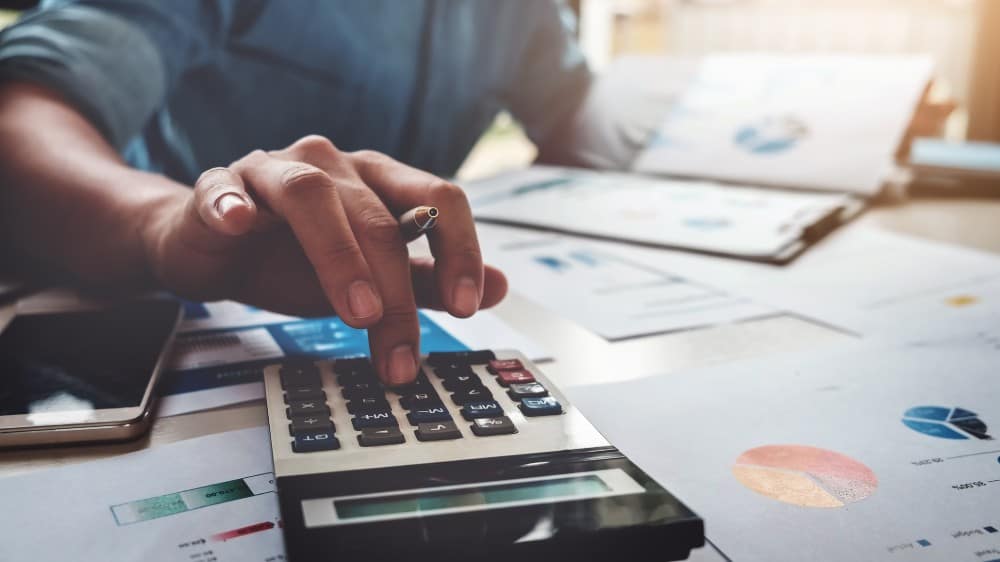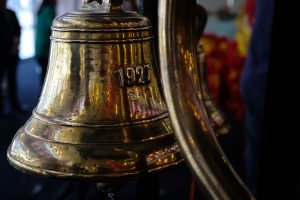Electric highway

Imagine all the tollways from Rosario, La Union in the north all the way to Batangas City in the south being peppered with more “pumping” stations. But, instead of selling gasoline or diesel fuel, these stations cater to motorists that need to plug in and recharge their electric vehicles. And, as they wait, motorists can dine or shop in any of the station’s numerous establishments.
The concept is not new. Most stations along the highways now have become dining hubs. It seems that fuel sale and vehicle service are no longer their profit centers. More money is made from rental from dining and retail establishments, and perhaps even from percentage of tenants’ sales. What will be new is the establishment of charging stations for electric cars.
In the US, online publication Freethink reported in March that “Starbucks is creating an EV charger highway from Seattle to Denver,” with the coffee chain “promising electric vehicle owners a near-full charge in about 40 minutes.” In a report by Stephen Johnson that came out March 24, he wrote that Starbucks will install “fast chargers at up to 15 coffeehouses this summer, along a 1,350-mile route from Colorado to Washington.”
Johnson added, “The project, a pilot program with Volvo Cars, aims to build one DC charging station on each 100-mile segment of the western route… The coffeehouse chain is betting that it can score business from electric vehicle owners while they wait for their cars to charge — a process that can take a while, depending on the battery and strength of the charger.”
The project appears to be only a pilot, as it is also meant to allow Starbucks and Volvo “to analyze how electric vehicle owners use the stations in order to assess the viability of expanding the program elsewhere,” Johnson wrote. He also noted this would not be the first time Starbucks “experimented with using emerging technology to boost sales.”
“In the 2000s, the company offered CD-burning and MP3 filling stations, and in 2011 it became one of the first major companies to offer mobile payments, a sector in which it remains a top player today,” Johnson wrote. He also said the Starbucks’ charging stations “are set to be part of the so-called alternative fuel corridors that the US hopes to build along interstates and highways across 49 states and Washington, DC.”
It is a big bet, indeed, for the coffee chain that has become a global phenomenon. Only time can tell whether the bet will pay off. After all, previous initiatives have come and gone, much like how CDs and MP3s have practically disappeared from cars and have gone the way of the cassette tape player.
Many motorists — and cars — have now switched to streaming and using mobile phones as the car entertainment source. Head units have become mini tablets that also include navigation as well as messaging and connectivity functions. But, given the trends with fossil fuel pricing, electric vehicle ownership has become very attractive to those who can afford them.
Johnson noted that “the electric vehicle market is growing rapidly, with international sales doubling from 2020 to 2021. The US hopes to lead the market: in 2021, the Biden administration announced a target of having electric vehicles constitute 50% of new car sales in the US by 2030.” He added that they “may be within reach” as automotive executives themselves are predicting “that an average of 52% of new cars sold in the US, China, and Japan will be electric by 2030.”
And this where government and the private sector can come in: by proving policy and regulatory support as well as investment in infrastructure that will encourage the Philippines’ transition to electric vehicles. The Electric Vehicle Development Act is just the tip of iceberg for EVs. After all, unless a “national charging network” is put up, electric cars won’t gain traction.
As Freethink’s Johnson noted, “…with rising gas prices, cheaper electric vehicles, and plans to build at least one charging station per 50 miles of interstate across the nation, the appeal of electric vehicles is only likely to rise.” And this is precisely what policymakers and investors should urgently look into, considering the present trajectory of fossil fuel prices.
The Starbucks’ initiative is worth monitoring. It is timely and logical. As Johnson wrote, “…with a stronger national charging network, electric vehicle owners could depend on having chargers within a reasonable distance, some conveniently located at places where they needed to go anyway: the grocery store or the coffee shop.”
Just last month, ABS-CBN reported that one of the country’s largest property and retail networks opened “in-mall free charging stations at SM Aura in Taguig City, SM North EDSA in Quezon City, and SM Mall of Asia in Pasay City… to support technological innovations for a sustainable and eco-friendly future.”
In a statement, SM said “in the coming months, expect that fast chargers will be installed in more SM Malls.” The chargers are said to support e-Vehicle brands such as Audi, BMW, Fiat, Ford, GMC, Mercedes-Benz, Porsche, Volkswagen, and Hyundai, among others. Chinese car companies are also set to introduce more electric car brands in the country.
Starbucks is showing the way in the US, as SM is doing the same here. The Ayala group, not to be left behind, has also put up “integrated electric vehicle (EV) charging and transport systems” at Ayala Malls Circuit Makati and Ayala Malls 30th in Pasig. Several other establishments have put up EV charging stations all around the metropolis.
The strategy is clear: offer charging services where it will be most convenient for EV motorists — on highways and in places that they go to, anyway, and where they spend enough time to allow their cars to properly, safely, and sufficiently charge. Some time back, some groups started offering car cleaning services in malls. Car charging services should not be far behind.
Marvin Tort is a former managing editor of BusinessWorld, and a former chairman of the Philippine Press Council




